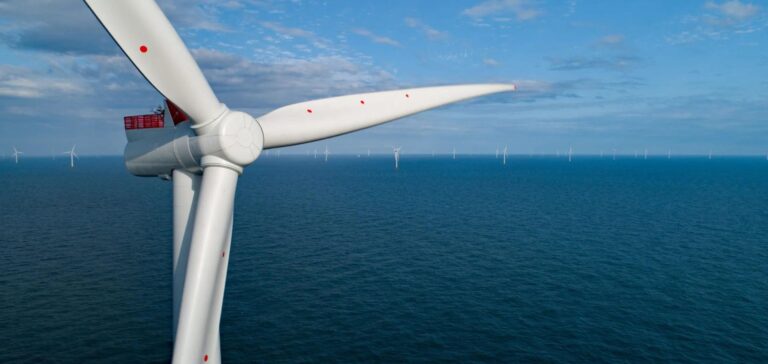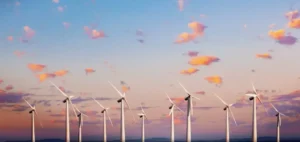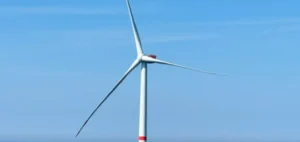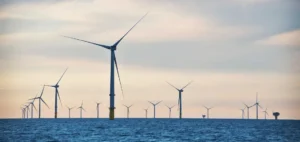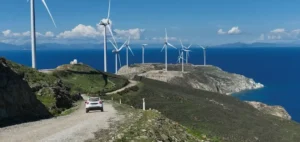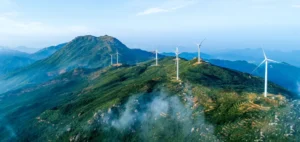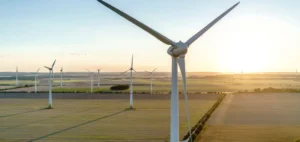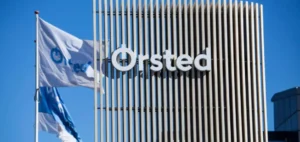RWE is taking another step in promoting sustainability in wind energy by becoming the first developer in the world to use Siemens Gamesa GreenerTowers for its Danish Thor offshore wind farm.
More responsible and less polluting tower production
The steel plates of the towers are made of more environmentally friendly steel, reducing CO2 emissions by at least 63% compared to conventional steel. Of the 72 wind turbines, 36 will be equipped with these low carbon steel towers. The offshore installation is planned for 2026.
A third-party certification will verify that a maximum of 0.7 tons of CO2 equivalent emissions are produced per ton of steel in these new GreenerTowers, while maintaining the same steel properties and quality. To decarbonize steel production, the electric furnaces will be powered by green electricity produced by renewable energy sources. Other ways include using scrap metal in the production process, substituting iron ore and reducing the overall energy intensity of the process.
The park will provide green electricity to more than one million Danish households
RWE will build the Thor wind farm in the Danish North Sea, about 22 kilometers from Thorsminde on the west coast of Jutland. With a planned capacity of more than 1,000 MW, Thor is the largest offshore wind farm in Denmark to date. When fully operational, which is expected by the end of 2027, the wind farm will be able to produce enough green electricity to power the equivalent of more than one million Danish homes.
Since 2010, RWE has already completed and is currently operating the Danish offshore wind farm Rødsand 2, which is located south of the Danish island of Lolland.

